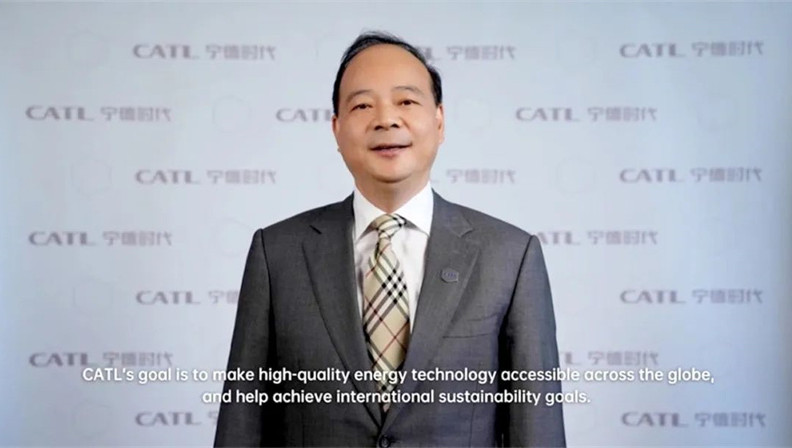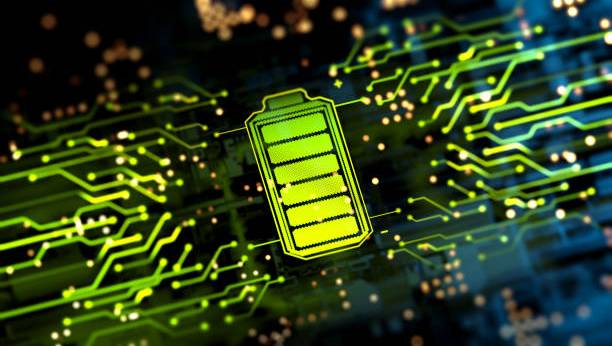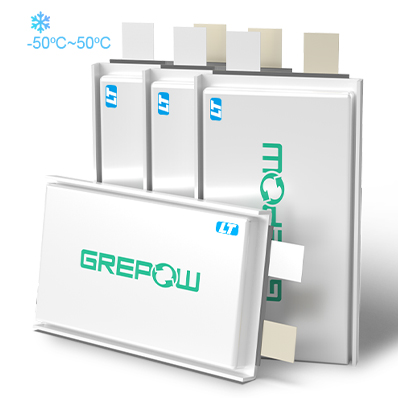Why can't the maximum voltage of a lithium-ion battery exceed 4.2V?
The voltage of a lithium-ion battery is determined by the electrode potential. Voltage, also known as potential difference, is a physical quantity that measures the energy difference of electric charges in an electrostatic field due to different potentials. The electrode potential of lithium-ion batteries is about 3V, and the voltage of lithium-ion batteries varies with different materials. For example, a general lithium-ion battery has a nominal voltage of 3.7V and a full-charge voltage of 4.2V. A lithium iron phosphate battery has a nominal voltage of 3.2V and a full-charge voltage of 3.65V. In other words, the potential difference between the positive electrode and the negative electrode of a lithium-ion battery in practical use cannot exceed 4.2V, which is a requirement based on material and use safety. If the Li/Li+ electrode is used as the reference potential, μA is the relative electrochemical potential of the negative electrode material, μC is the relative electrochemical potential of the positive electrode material, and Eg, the electrolyte potential range, is the difference between the lowest electron unoccupied energy level and the highest electron occupied energy level. So, the maximum voltage of a lithium-ion battery is determined by the μA、μC、Eg. The difference between μA and μC is the open-circuit voltage (the highest voltage value) of a lithium-ion battery. When this voltage value is in the Eg range, the normal operation of the electrolyte can be ensured. This normal operation occurs when a lithium-ion battery moves back and forth between the positive and negative electrodes through the electrolyte but does not undergo oxidation-reduction reactions with the electrolyte (this is to ensure the stability of the battery structure).
The electrochemical potential of the positive and negative materials causes the electrolyte to work abnormally in two forms:
1.When the electrochemical potential of the negative electrode is higher than the lowest electron and unoccupied energy level of the electrolyte, the electrons of the negative electrode will be captured by the electrolyte.
Then, the electrolyte will be oxidized, and the reaction product will form a solid-liquid interface layer on the surface of the negative electrode material particles. As a result, the negative electrode may be damaged.
2.When the electrochemical potential of the positive electrode is lower than the highest electron-occupied energy level of the electrolyte, the electrons in the electrolyte will be captured by the positive electrode and oxidized by the electrolyte.
Then the reaction product will form a solid-liquid interface layer on the surface of the positive electrode material particles, resulting in possible damage to the positive electrode. The possibility of damage to the positive or negative electrode is due to the existence of the solid-liquid interface layer, which prevents further movement of electrons between the electrolyte and the positive and negative electrodes and instead protects the electrode material. The premise of this protection is that the electrochemical potential of the positive and negative electrodes can slightly exceed the Eg interval, but not by too much. For example, the reason why most current lithium-ion battery anode materials use graphite is that the electrochemical potential of graphite related to Li/Li+ electrodes is about 0.2V, which slightly exceeds the Eg range (1V to 4.5V). However, because of its protective properties, the solid-liquid interface layer prevents the electrolyte from being further reduced, thus stopping the continuous development of the polarization reaction. Moreover, the 5V high-voltage cathode material is far beyond the Eg range of the current commercial organic electrolyte, so it is easily oxidized during charging and discharging. With the increase of charging and discharging times, the capacity decreases and the service life also decreases.
Ultimately, the reason why the open-circuit voltage of lithium-ion batteries is 4.2V is that the Eg range of the electrolyte of existing commercial lithium-ion batteries is 1V to 4.5V. If the open-circuit voltage is set to 4.5V, the output power of the lithium-ion battery may be increased, but it also increases the risk of battery overcharge.
If you are interested in battery products, please don't hesitate to contact us at any time!
Email: info@grepow.com
Grepow Website: https://www.grepow.com/
Related Articles
-

High Voltage Batteries: Basics & Applications Guide
2025-02-28 -

CATL Chairman Yuqun Zeng Awarded Nobel Prize for Sustainable Development Contributions
2023-11-10 -

Resistance and Conductivity in Electric Batteries: A Simplified Explanation
2022-12-28
Related products
-

-50℃ to 50℃ Low Temperature Lipo Battery
-

30C High Discharge Battery - High C Rate LiPo
-

3.85V/4.4V High Voltage Cells
















































